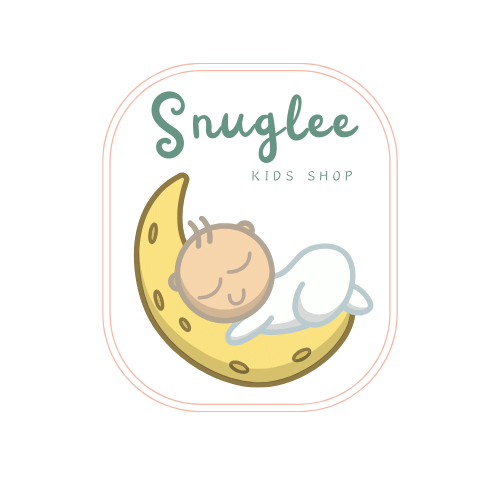Snuglee Blog

Snuglee Blog
Understanding Toddler Sleep Regression: Why Your Little One’s Bedtime Suddenly Feels Harder

Snuglee Blog
What Is Montessori? A Path to Independent, Confident Kids

Snuglee Blog
How Montessori Floor Beds with Rails Make Bedtime Safer and Easier for Children

Snuglee Blog
What Is a Toddler Bed? Is a Toddler Bed the Same as a Single Bed?

Snuglee Blog
When to Transition to Toddler Bed: Key Signs Your Toddler Is Not Ready
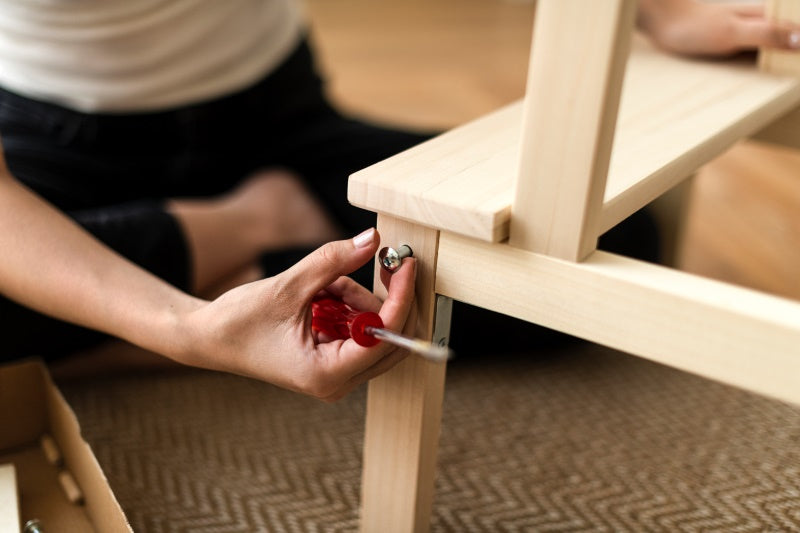
Snuglee Blog
Where to Buy a Bed with Fast and Free Delivery, Easy Assembly in the UK

Snuglee Blog
Why UK Parents Love Montessori Beds | Safe & Smart Choice
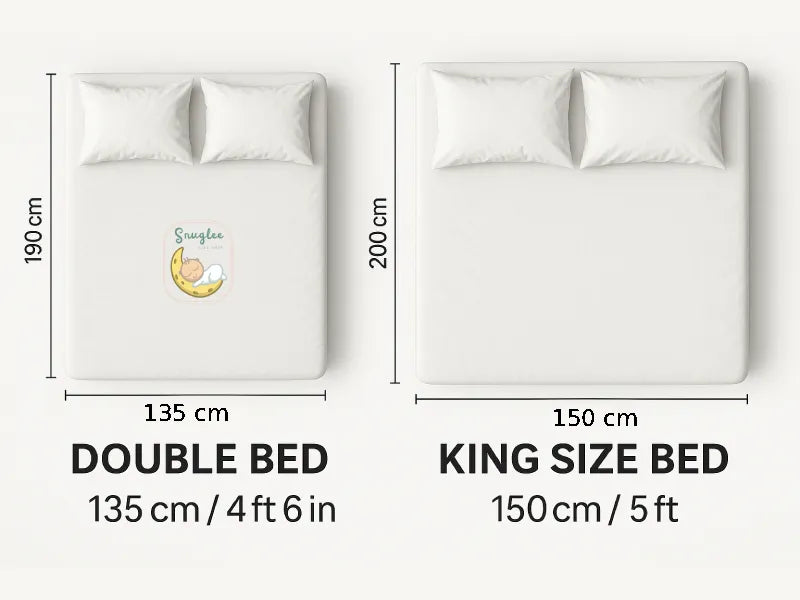
Snuglee Blog
Double Bed vs King Size Bed: Which is Best for Your Room?
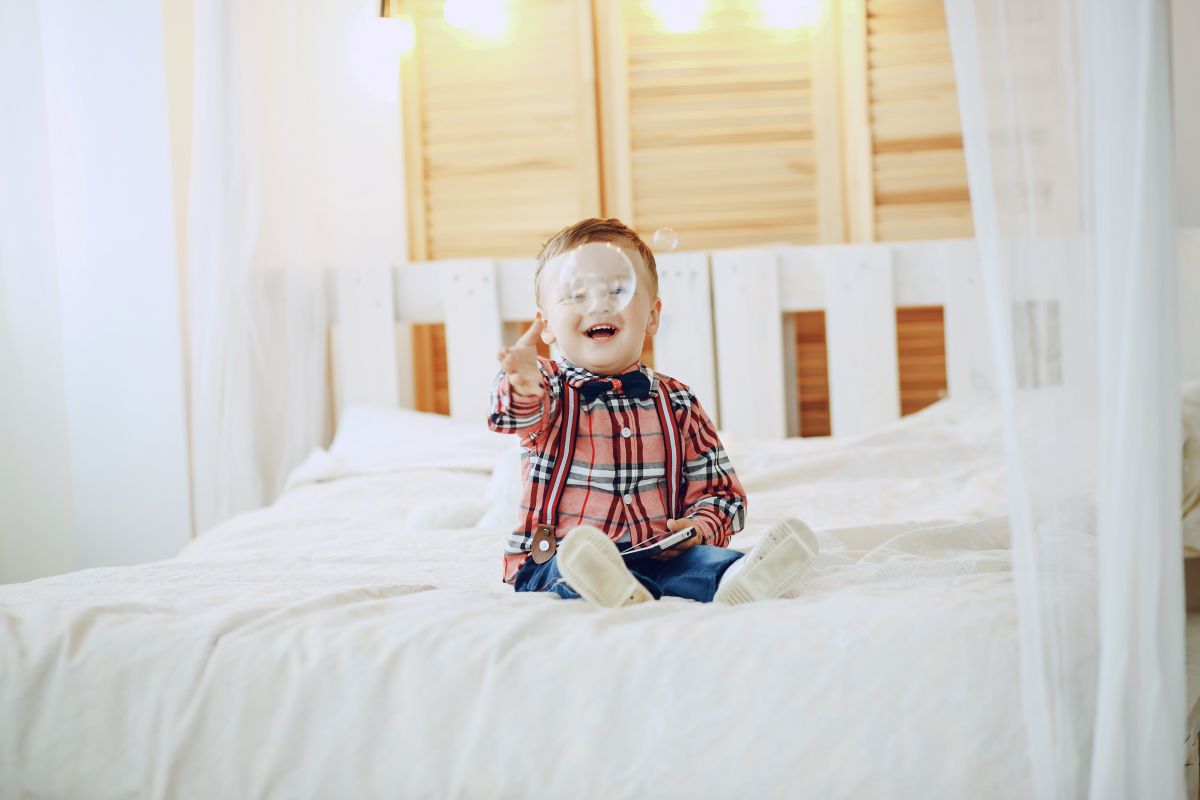
Snuglee Blog
From Cot to Toddler Bed: A Step-By-Step Transition Plan
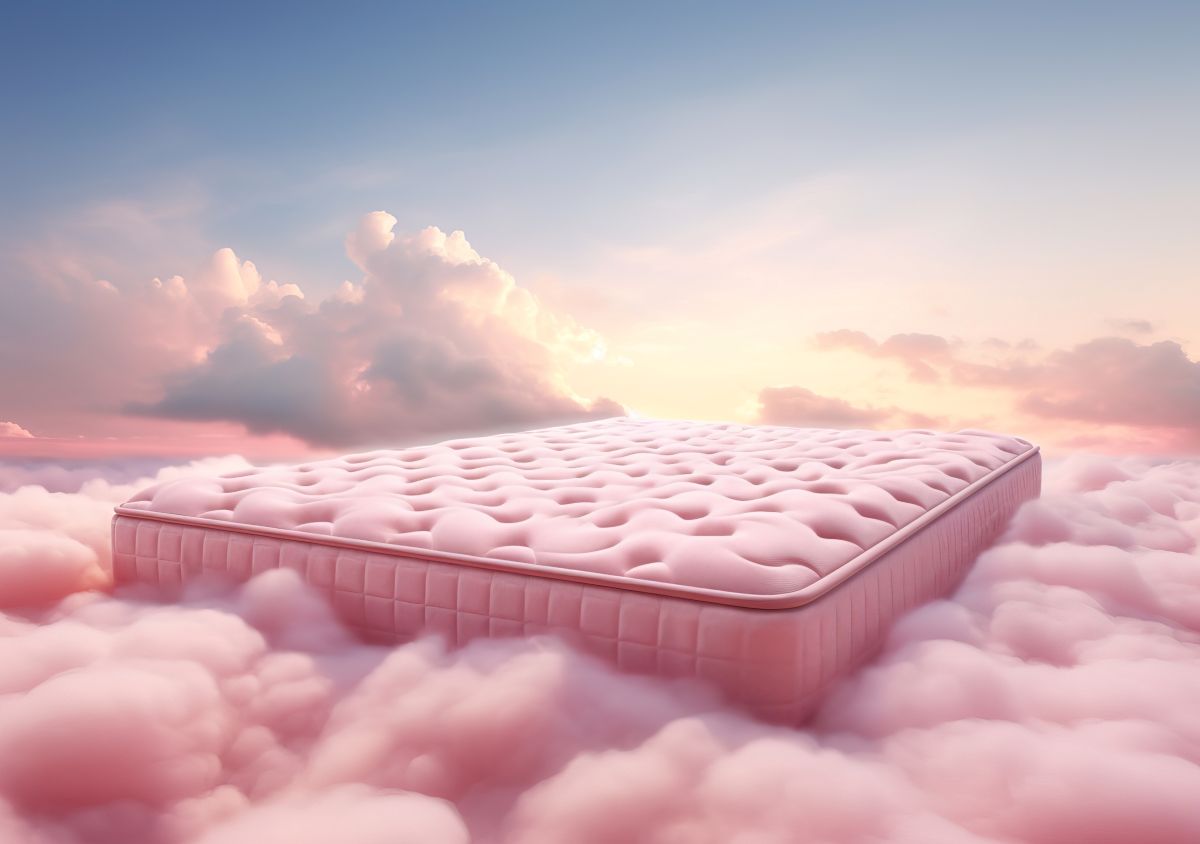
Snuglee Blog
How To Choose The Perfect Mattress For A Kids Bed
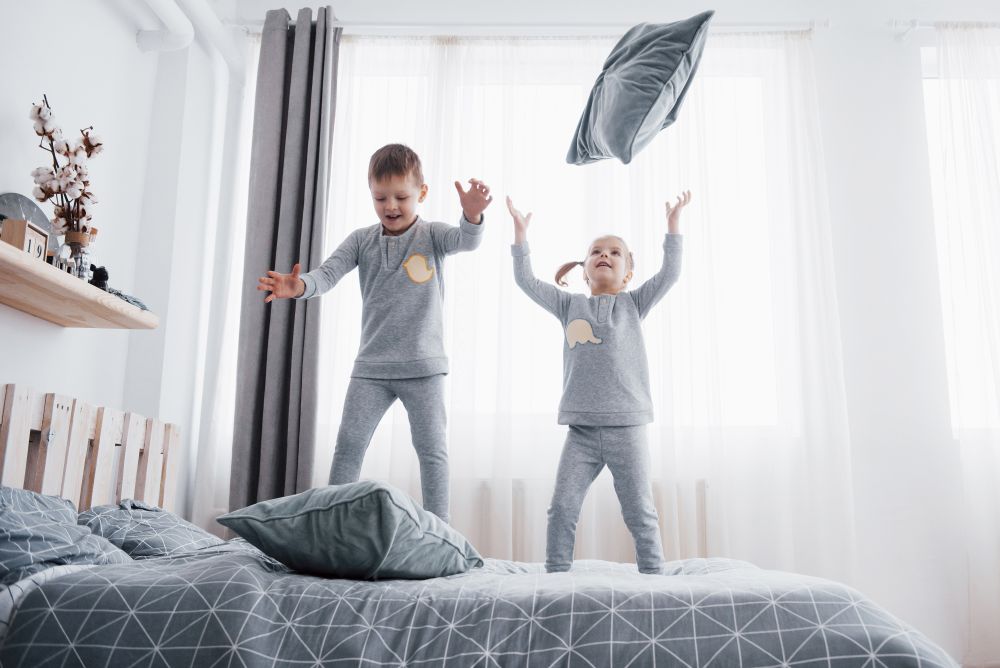
Snuglee Blog
Heatwave Survival Guide for Kids’ Bedrooms During The UK Summer
Recently viewed products
FAQs
A Montessori bed is a type of children's bed designed based on the Montessori educational philosophy. This method, developed by Dr. Maria Montessori, emphasizes independence, freedom, and self-directed learning.
Learn more about the benefits of a Montessori kids bed
The most common UK bed sizes:
- Small Single: 2'6'' x 6'3'' (75 x 190 cm)
- Single: 3'0'' x 6'3'' (90 x 190 cm)
- Small Double (Queen): 4'0'' x 6'3'' (120 x 190 cm)
- Double: 4'6'' x 6'3'' (135 x 190 cm)
- King Size: 5'0'' x 6'6'' (150 x 200 cm)
- Super King Size: 6'0'' x 6'6'' (180 x 200 cm)
Each of these bed sizes serves different purposes and fits various room sizes.
Snuglee beds are made from premium knot-free pine wood, offering a smooth, durable, and splinter-free surface. They are eco-friendly, plastic-free, and toxin-free for a sustainable sleeping solution.
Learn more about the benefits of solid wood bed frames
Transitioning to a new bed is a significant step for a child:
- Involve your child: Let them participate in choosing their new bed or bedding to build excitement.
- Maintain routine: Keep bedtime routines consistent to provide a sense of security.
- Safety first: Use guard rails if necessary and ensure the bed is low to the ground to prevent injuries.
There is a variety of children's beds available, each designed to suit different needs and preferences:
- Bunk beds: Ideal for shared rooms, these beds feature one bed stacked on top of another, saving space. Some come with built-in desks or storage.
- Cabin beds: These beds have storage options, such as drawers or shelves, beneath the bed, making them great for smaller rooms.
- High sleepers: Elevated beds that free up floor space beneath for a desk, wardrobe, or play area, perfect for older children.
- Mid sleepers: Raised beds offering storage or play space beneath, suitable for younger children.
- Themed beds: Fun beds designed with themes like house beds, castles beds or car beds, encouraging imagination.
- Montessori beds: Low-to-the-ground beds that promote independence by allowing children to get in and out easily.
- Floor beds: Simple, low beds that are safe for younger children, allowing freedom of movement.
- Loft beds: Elevated beds with more space beneath for larger setups, ideal for older children or teenagers.
- Toddler beds: Smaller beds designed for toddlers, often with side rails for safety.
Each type of bed serves a different purpose, providing both comfort and practicality for children at various stages of growth.
Regular maintenance ensures the bed remains safe and extends its lifespan:
- Tighten fixtures: Periodically check and tighten screws or bolts.
- Cleanliness: Wipe down surfaces with appropriate cleaners to keep the bed hygienic.
- Inspect for damage: Regularly inspect the bed for any signs of wear or damage that may need repair.
A floor bed can be a great choice for young children as it’s safer (less risk of falling), encourages independence, and can make the room feel more spacious. Just ensure the floor is clean, dry, and warm, and choose a sturdy, non-toxic frame.
For a 3-year-old, a single floor bed is usually enough, saves space, and feels cosier for the child. A double floor bed can be considered if you want extra space for co-sleeping, bedtime stories, or to use the bed for many years as your child grows.
